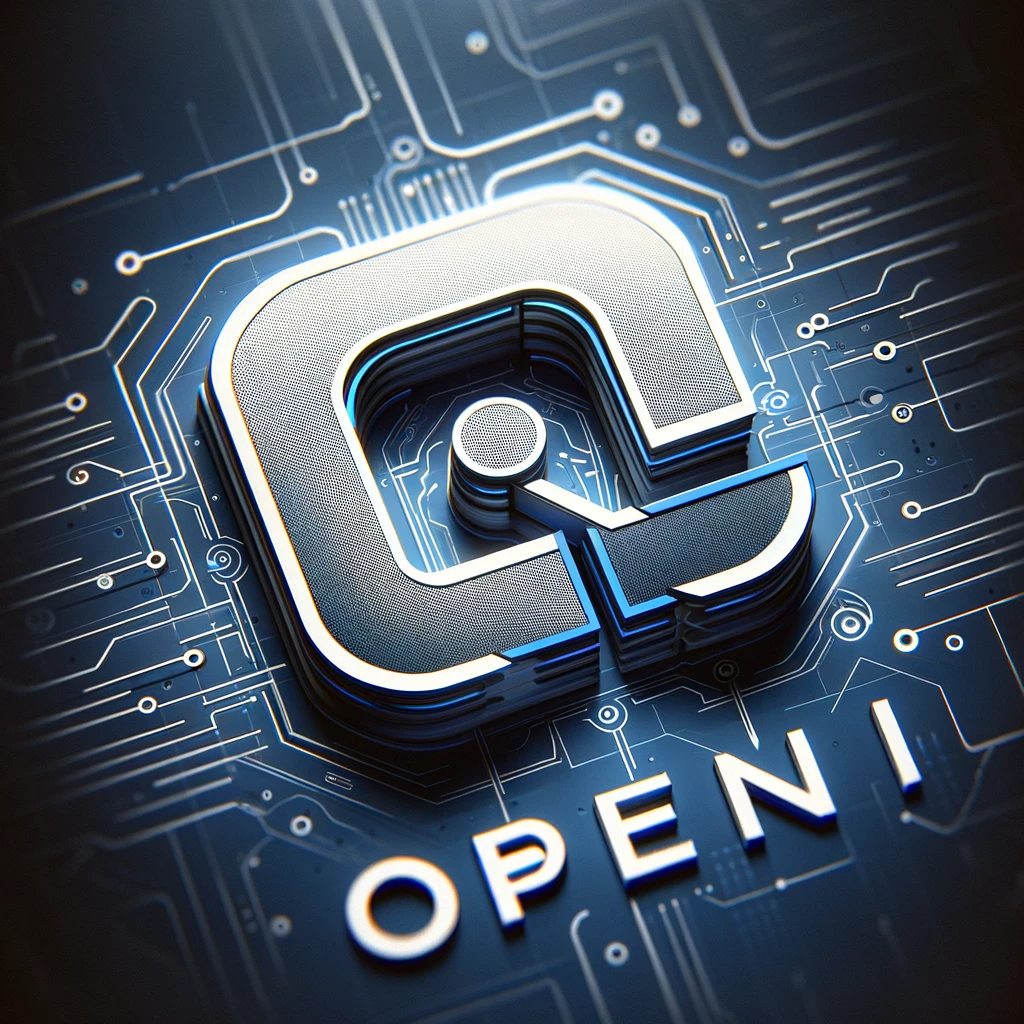OpenAI’s announcement of GPT-4o in the spring of 2024 marked a significant leap in large language model capabilities. Here’s a breakdown of GPT-4o, compared to its predecessors, GPT-3.5 and GPT-4.0, along with its advantages:
Features:
- Multimodality: Unlike GPT-3.5 and GPT-4.0, which primarily focus on text, GPT-4o can handle text, vision, and audio inputs together. This allows for richer interactions, like a virtual assistant that can understand your questions and respond with relevant information based on images or videos.
- Accessibility: OpenAI makes GPT-4o more approachable by offering a free tier through Azure OpenAI Service. This contrasts with GPT-3.5 and GPT-4.0, which were largely limited to paid access or research collaborations.
- Focus on Usability: GPT-4o prioritizes ease of use. Compared to GPT-3.5 and GPT-4.0, which often require technical knowledge for effective use, GPT-4o aims to be more user-friendly. Compared to its predecessors, GPT-4o is designed to be user-friendly. This means less technical expertise is required to interact with the model.
- Advanced Voice Assistant: GPT-4o boasts a powerful voice assistant with real-time translation capabilities. It can directly understand and respond to spoken language, eliminating the need for separate speech-to-text processing. This is a significant improvement over GPT-3.5 and GPT-4.0’s text-based interactions.
- Gradual Release with Safety First: OpenAI prioritizes safety. Text and image inputs/outputs are available first, with audio outputs coming later and safeguards in place to mitigate potential risks.
Comparison with GPT-3.5 and GPT-4.0:
Here’s a deeper explanation of how GPT-4o compares to GPT-3.5 and GPT-4.0:
Focus:
- GPT-3.5: This was primarily a text-based model. It could generate text, translate languages, write creative content, and answer your questions informatively, but it couldn’t understand or process visual or audio information.
- GPT-4.0 (limited release): This version offered significant improvements over GPT-3.5 in terms of understanding context, generating more coherent responses, and potentially handling a wider range of tasks. However, information suggests it remained focused on text-based inputs and outputs, similar to GPT-3.5.
- GPT-4o: This is the game-changer. It’s a multimodal model that can understand and process information from different formats like text, images, and even audio. Imagine showing GPT-4o a picture of a birthday cake and asking it to write a song. GPT-3.5 and 4.0 wouldn’t be able to do that.
Accessibility:
- GPT-3.5 and GPT-4.0: Information suggests these models were likely subscription-based or limited in access, similar to previous OpenAI models. This restricted who could use them and for what purposes.
- GPT-4o: OpenAI is offering a free tier for GPT-4o, making this powerful tool much more accessible to a wider range of users. This could benefit students, researchers, businesses of all sizes, and anyone who wants to explore AI’s potential.
Usability:
- GPT-3.5 and GPT-4.0: These models might have required some technical knowledge to operate effectively.
- GPT-4o: OpenAI designed GPT-4o with a focus on usability. This means the interface and functionalities are likely more user-friendly, allowing people with less technical expertise to leverage its capabilities.
Voice Assistant:
- GPT-3.5 and GPT-4.0: These models likely had no built-in voice assistant features.
- GPT-4o: This boasts an advanced voice assistant to understand and respond to live speech. It can also translate languages in real time, making communication across languages much smoother. Imagine conversing with someone who speaks a different language, and GPT-4o translates everything seamlessly!
Safety Measures:
- All Models: OpenAI prioritizes safety with all their models, likely implementing filtered training data and other safeguards.
- GPT-4o: Since GPT-4o is more powerful and handles different modalities, OpenAI takes extra precautions. The staged release with text and image functions being available first demonstrates this. Additionally, initial limitations might be placed on audio outputs to ensure responsible development.
GPT-4o builds upon the foundation of GPT-3.5 and 4.0, offering a significant leap forward in several key areas. Its ability to handle different data formats, focus on user-friendliness, advanced voice features, and commitment to safety make it a powerful and versatile tool for the future of AI.
Advantages of GPT-4o:
- Breakthrough Voice Assistant: The real-time speech processing and voice assistant features are a major leap forward in human-computer interaction.
- Accessibility: The free tier opens doors for wider adoption and exploration of GPT-4o’s capabilities.
- Focus on Usability: A user-friendly interface lowers the barrier to entry for new users.
- Multimodality: The ability to handle different data types creates a more versatile and powerful tool.
Safety Measures:
OpenAI recognizes the potential risks associated with a powerful model like GPT-4o. They’ve implemented safety features like filtered training data and post-training refinements. The staged release, with text and image functionalities available first and audio outputs with limitations to follow, demonstrates their commitment to responsible development.
Overall, GPT-4o represents a significant advancement in AI, ushering in an era of accessible, user-friendly, and multimodal AI with the potential to transform numerous fields.

